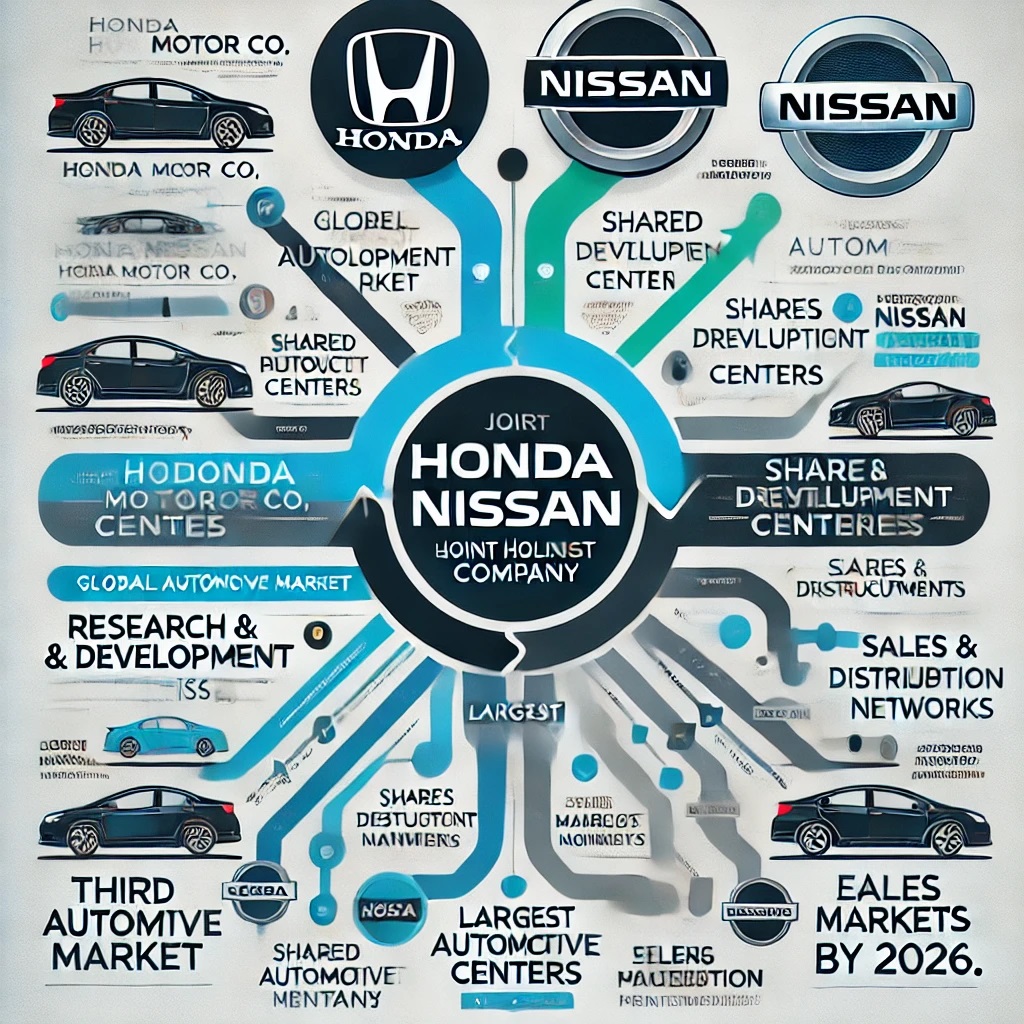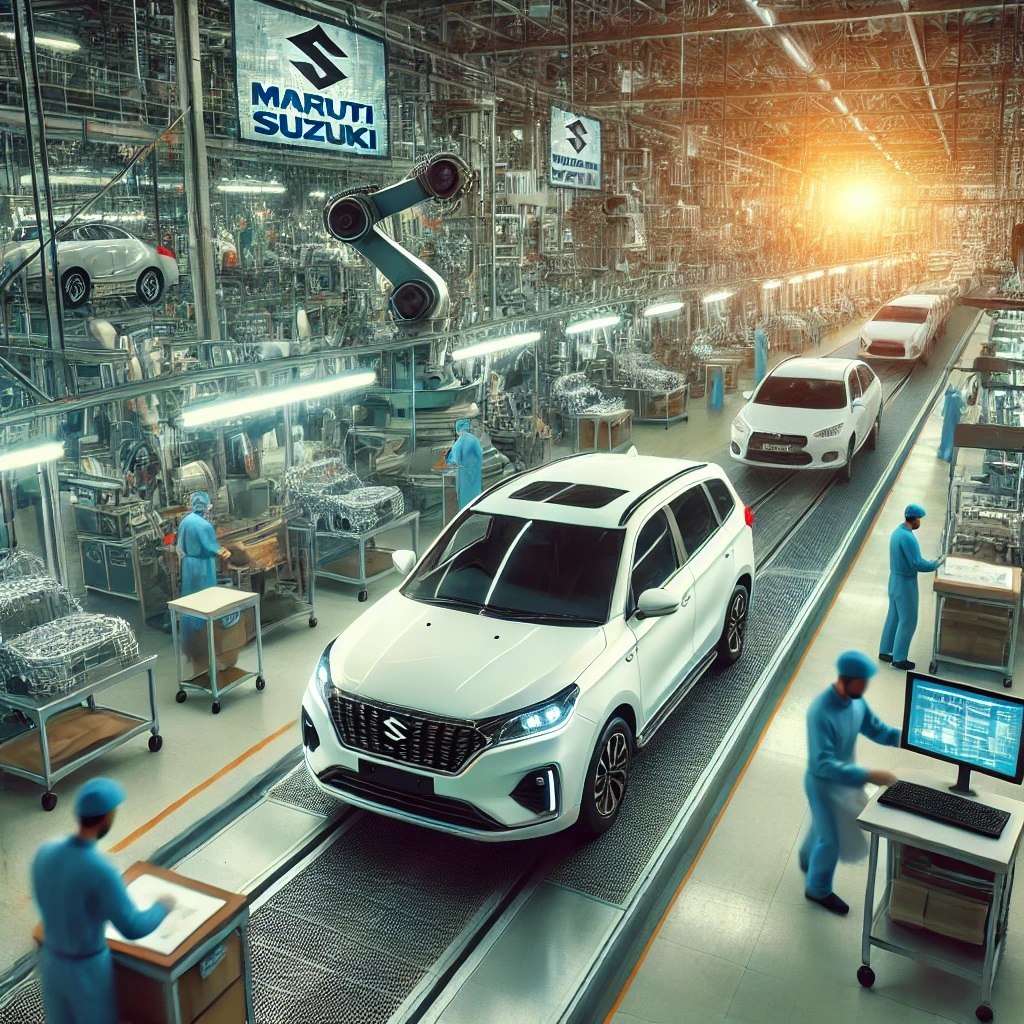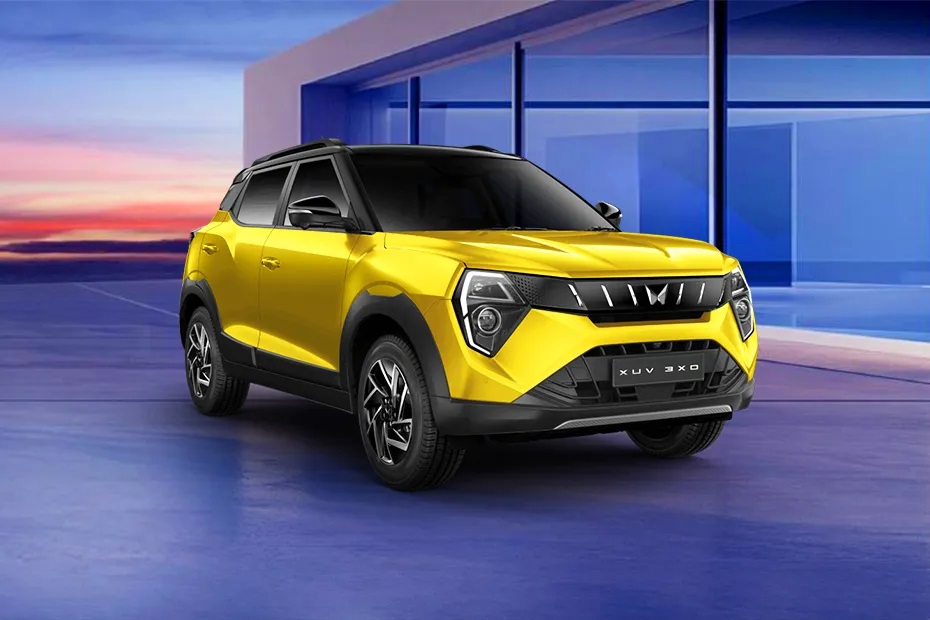Honda Motor Co. and Nissan Motor Co. have decided to join forces, which is really big news. They’ve implemented a major plan to merge and by doing that, they’re hoping to get everyone to look in the car world. They want to change things and become successful by reaching a goal of becoming the world’s third-largest car manufacturer by 2026. This is more than just combining two famous car brands — it’s a strikingly vital worth over $58 billion. They’re aiming to lead, especially in the area of new technology, such as electric and self-driving cars, and really try very hard against the top players in the industry. This is the beginning of a new chapter for both companies as they move through the good and bad times of the rapidly evolving car industry.
Strategic Objectives of the Merger
- Strengthen Market Position:
- Compete directly with industry leaders like Toyota and Volkswagen.
- Achieve Economies of Scale:
- Combine resources to reduce costs and increase production efficiency.
- Accelerate Innovation:
- Speed up the development of advanced automotive technologies.
- Global Ambitions:
- Aim to become the third-largest automaker worldwide with a combined valuation exceeding $58 billion.
Timeline and Structure
- Memorandum of Understanding (MoU):
- Formal discussions initiated, with terms expected to be finalized by June 2025.
- Joint Holding Company Formation:
- A new holding company will be established and listed on the Tokyo Stock Exchange by August 2026.
- Mitsubishi Motors’ Role:
- Mitsubishi Motors, a key Nissan affiliate, is considering joining the merger, with a decision anticipated by January 2025.
Driving Factors Behind the Merger
- Intense Competition:
- The rise of EV manufacturers like Tesla and BYD has intensified competition, challenging traditional automakers.
- Technological Advancements:
- Massive investments in electric and self-driving technologies require shared resources and expertise.
- Market Challenges:
- Honda and Nissan aim to reclaim their footing in critical markets, particularly in China, where local brands are gaining dominance.
Anticipated Benefits and Synergies
- Resource Optimization:
- Pooling resources will enhance the development of EV and autonomous technologies.
- Cost Efficiency:
- Shared production facilities and supply chains will lower manufacturing costs and boost profitability.
- Global Market Strength:
- The merged entity will have greater leverage to penetrate new markets and fortify existing ones.
Challenges and Considerations
- Cultural Integration:
- Aligning corporate cultures and management practices is critical for smooth collaboration.
- Regulatory Approvals:
- The merger must gain clearance from global regulators, who may impose conditions to ensure fair competition.
- Stakeholder Skepticism:
- Some stakeholders, including former Nissan Chairman Carlos Ghosn, have expressed doubts about the compatibility of the two companies.
Industry Implications
- Transformation of the Automotive Sector:
- The merger underscores the need for traditional automakers to adapt to evolving market dynamics and technological advancements.
- Precedent for Future Consolidations:
- A successful partnership could inspire further mergers and collaborations in the automotive industry.
Conclusion
The Honda-Nissan merger represents a bold step to navigate the complexities of the modern automotive landscape. By combining their strengths, both companies aim to lead in innovation, efficiency, and market presence. This collaboration aspires to deliver significant value to consumers and stakeholders, setting a benchmark for the future of the industry.



